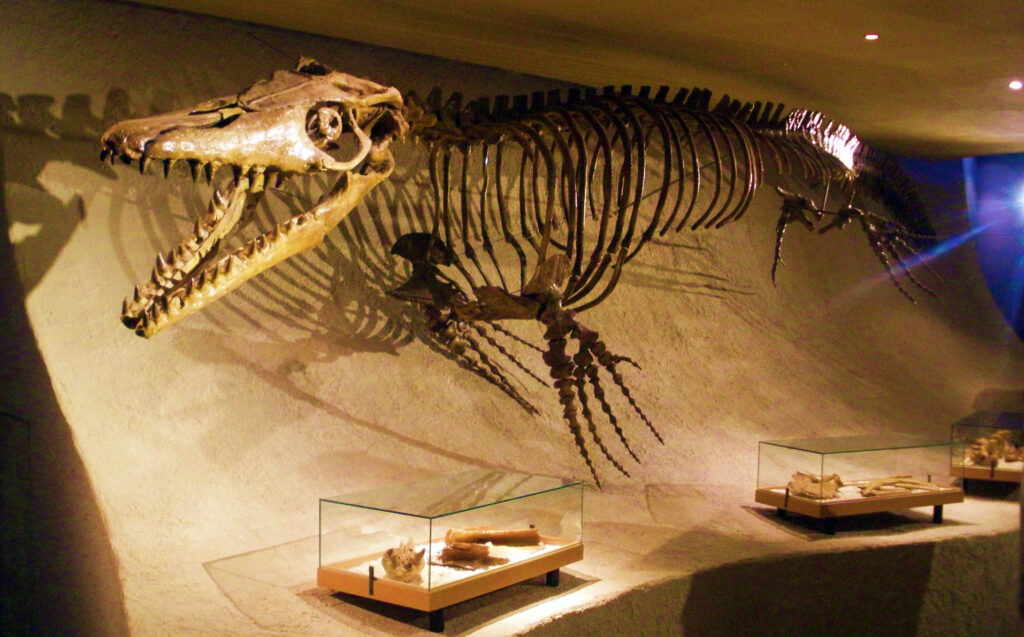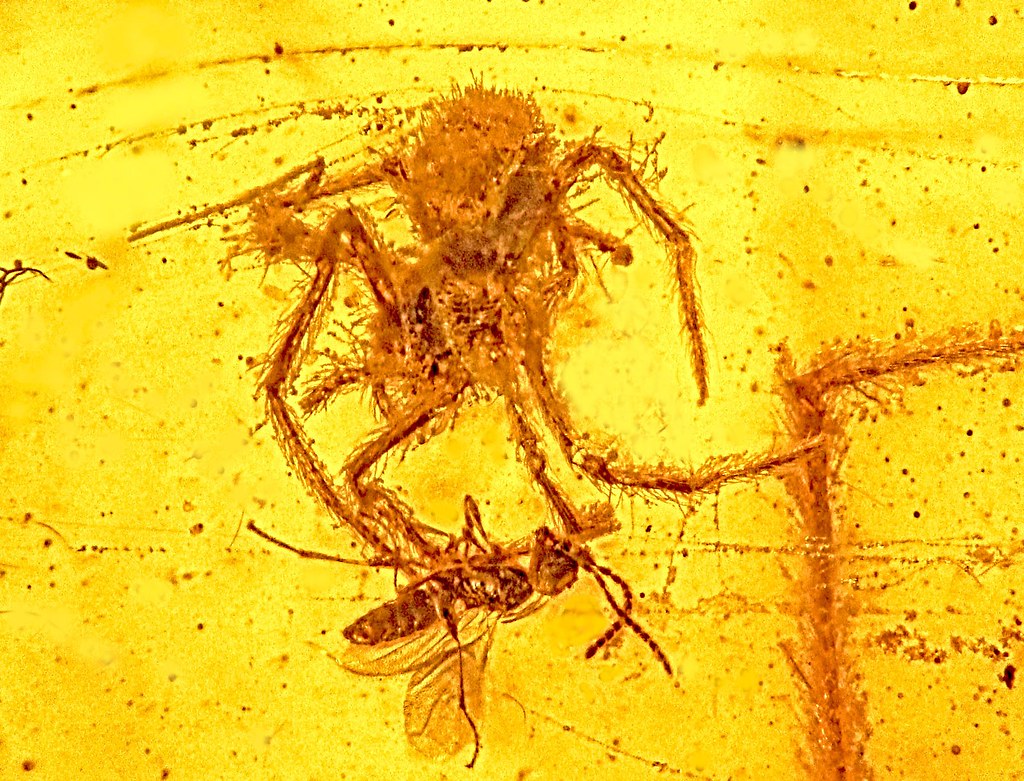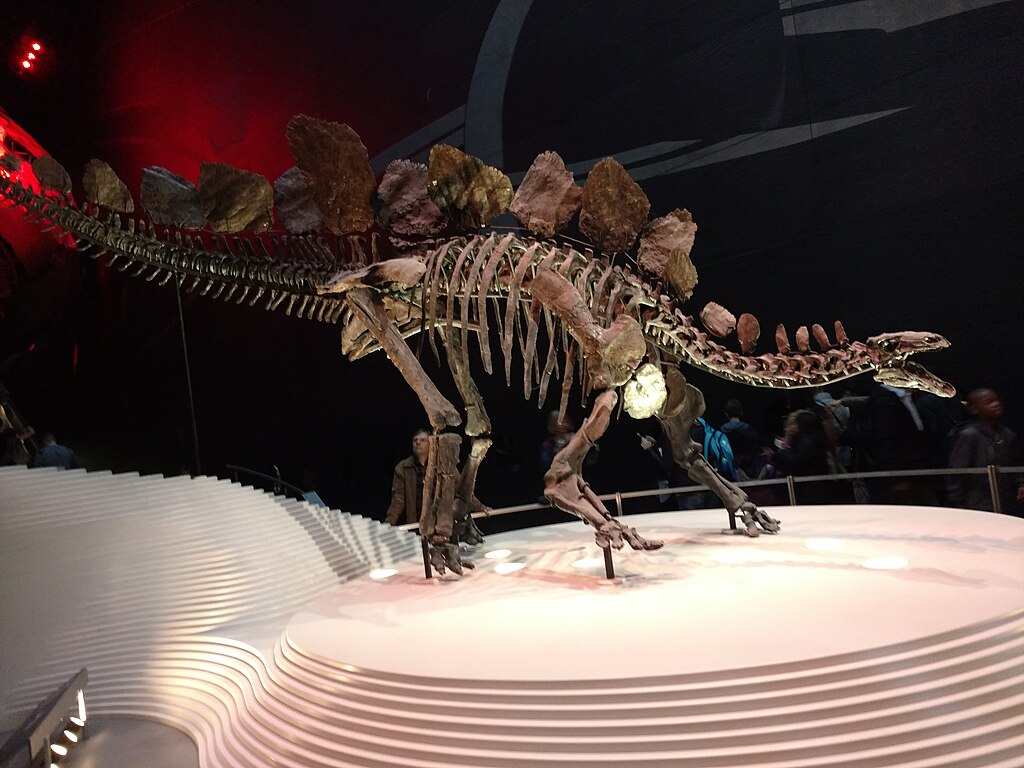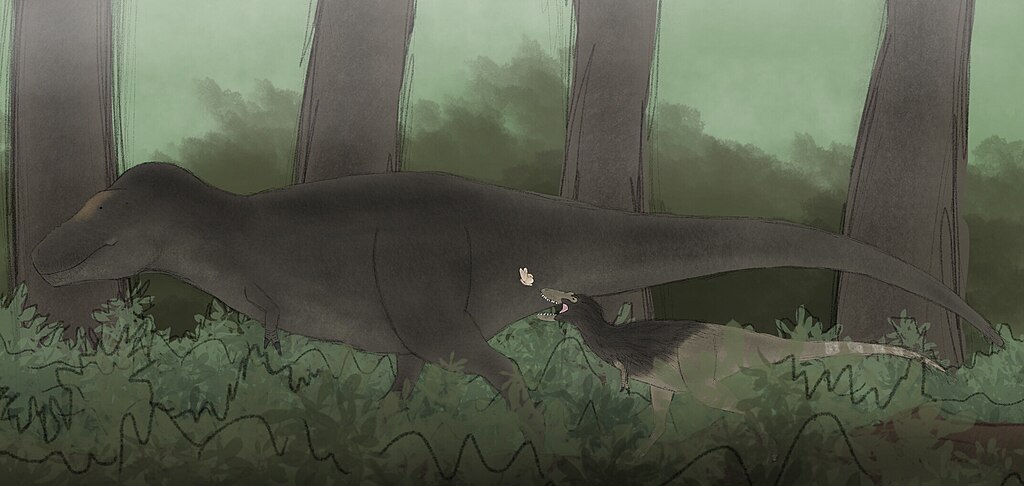Picture the Late Cretaceous oceans, roughly seventy million years ago. In these warm, shallow seas that covered much of North America, massive marine lizards up to fifty feet long prowled the depths like underwater dragons. These were the mosasaurs – apex predators that ruled the ancient seas with bone-crushing jaws and razor-sharp teeth. But were these mighty marine reptiles truly invincible, or did they face threats of their own? Fossil evidence hints that even top predators had rivals lurking in their watery domain. Giant sharks, other mosasaurs, and even the occasional pliosaur may have competed for food or territory, leading to violent clashes beneath the waves. Bite marks on fossilized bones suggest that battles between these giants were far from rare. And while adult mosasaurs dominated, their young were far more vulnerable, preyed upon by faster or more opportunistic hunters. The Cretaceous seas were no safe haven—they were a battleground where even the kings of the deep had to fight to stay on top.
Competition with Fellow Marine Reptiles
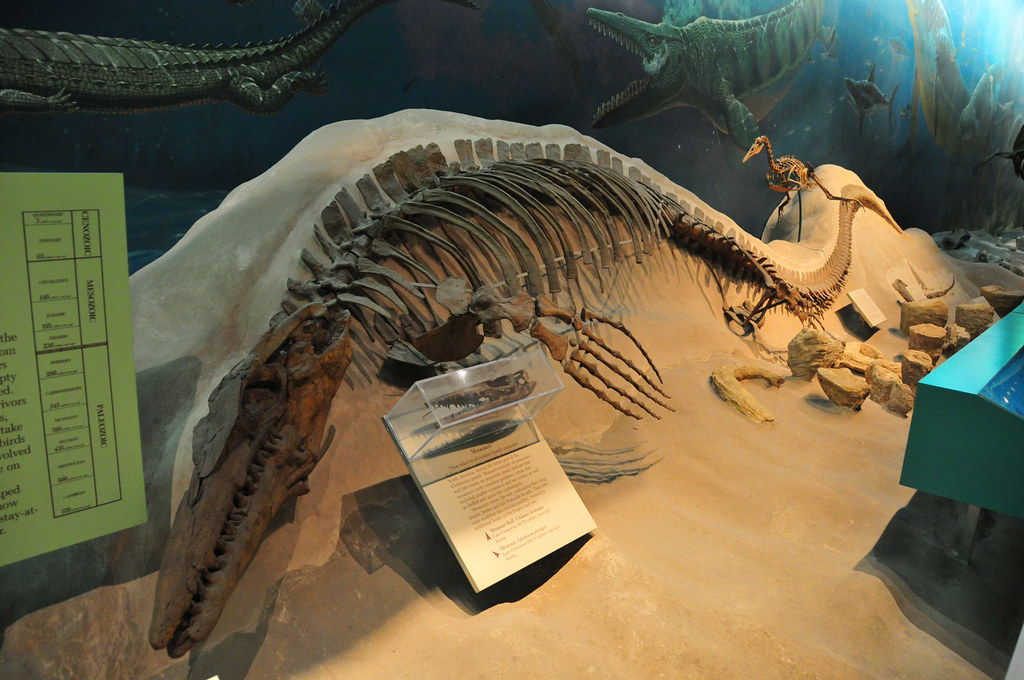
Mosasaurus faced competition with other large predatory mosasaurs such as Prognathodon and Tylosaurus – which were known to feed on similar prey – though they were able to coexist in the same ecosystems through niche partitioning. This wasn’t just peaceful coexistence though. There were still conflicts among them, as an instance of Tylosaurus attacking a Mosasaurus has been documented.
The marine ecosystem of the Late Cretaceous was like a battleground where different species of mosasaurs competed for the same prey. While they managed to share territories by hunting different types of food or in different areas, tensions often flared into violence between these giant predators.
The Threat from Giant Prehistoric Sharks
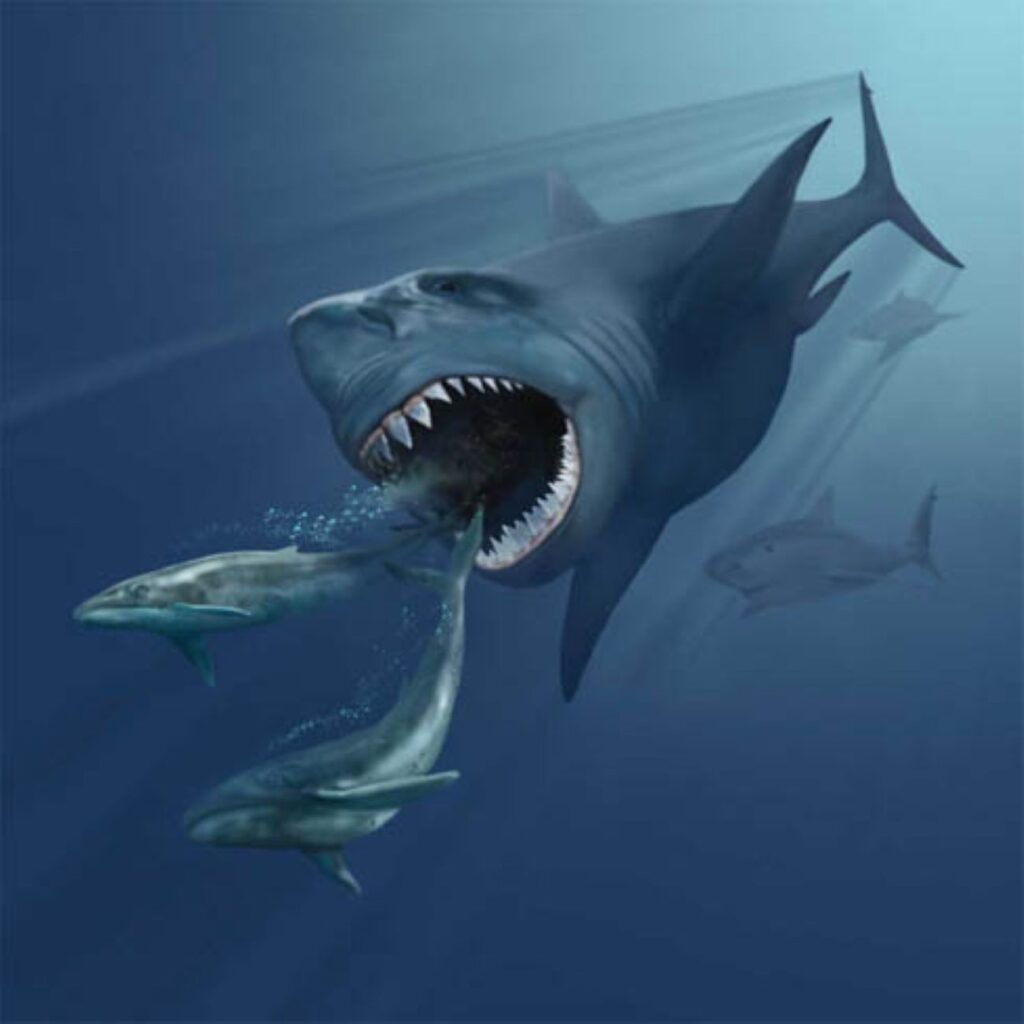
Perhaps the most formidable enemy that mosasaurs faced came in the form of Cretoxyrhina, nicknamed the “Ginsu shark” for its ability to slice through prey. Measuring up to 8.2 m (27 ft) in length and weighing up to 5,600 kg (12,300 lb), Cretoxyrhina was one of the largest sharks of its time. This prehistoric predator was no ordinary fish.
Cretoxyrhina mainly preyed on other active predators including ichthyodectids (a type of large fish that includes Xiphactinus), plesiosaurs, turtles, mosasaurs, and other sharks. Evidence shows that The highest trophic level it occupied was a position shared only with large mosasaurs such as Tylosaurus during the latter stages of the Late Cretaceous. This means they were literally competing for the title of ocean’s top predator.
Intraspecies Violence Among Mosasaurs
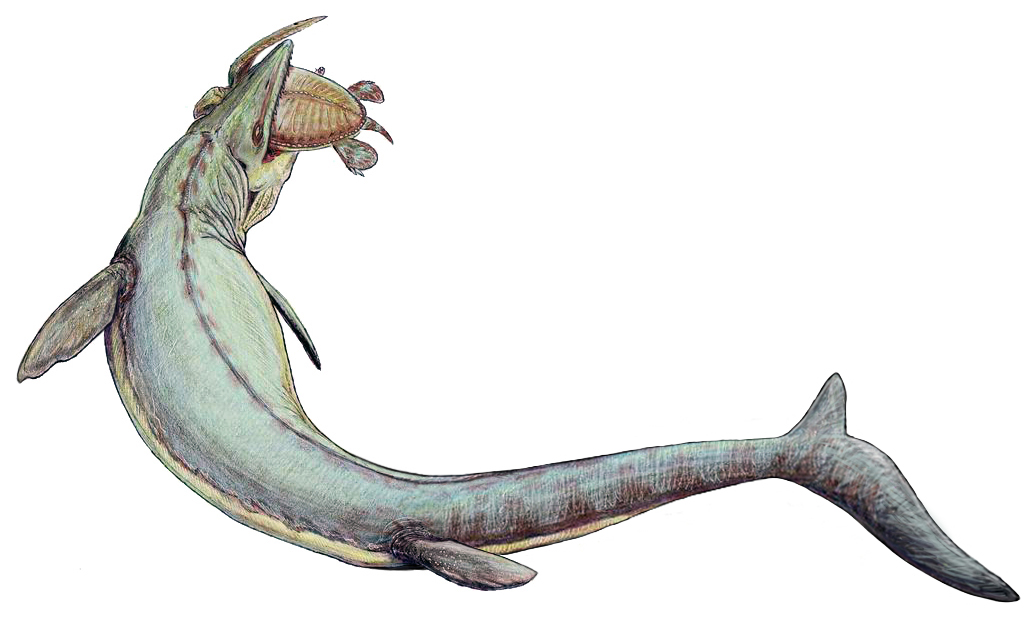
One of the most shocking discoveries about mosasaurs is how brutally they treated their own kind. Several fossils document deliberate attacks on Mosasaurus individuals by members of the same species. These weren’t minor skirmishes either – they were life-and-death battles that left permanent scars on the survivors.
There is fossil evidence that Mosasaurus engaged in aggressive and lethal combat with others of its kind. One partial skeleton of M. conodon bears multiple cuts, breaks, and punctures on various bones, particularly in the rear portions of the skull and neck, and a tooth from another M. conodon piercing through the quadrate bone. The violence was so severe that some mosasaurs died from their injuries, while others survived with embedded teeth from their attackers as permanent reminders of these encounters.
Vulnerable Juveniles and Smaller Species
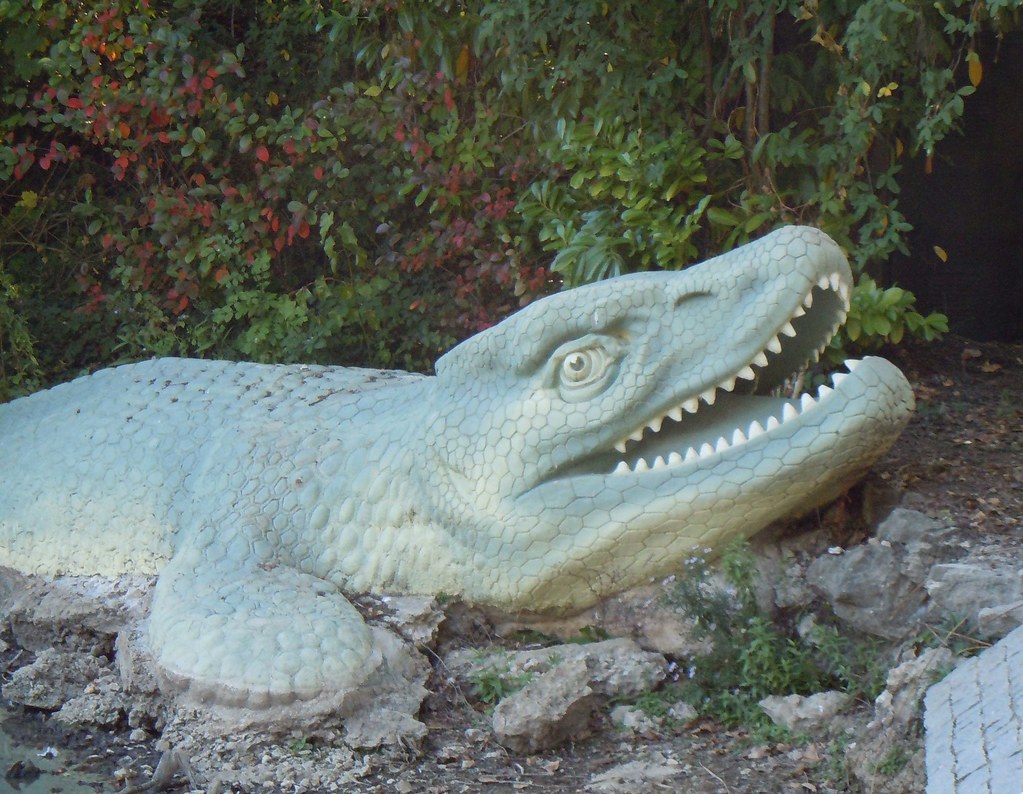
Young mosasaurs also had to avoid predators like sharks and giant predatory fish. The ocean was a dangerous place for young mosasaurs who hadn’t yet grown to their massive adult sizes. They faced threats not only from sharks like Cretoxyrhina but also from large predatory fish such as Xiphactinus.
Although mosasaurs were solitary animals, it’s possible that mothers may have lived in groups to protect their young from sharks and giant predatory fish. This suggests that the threat to juveniles was significant enough that normally solitary creatures might have changed their behavior to provide protection. Even adult mosasaurs had to be constantly vigilant about protecting their offspring.
Cannibalistic Behavior and Internal Threats
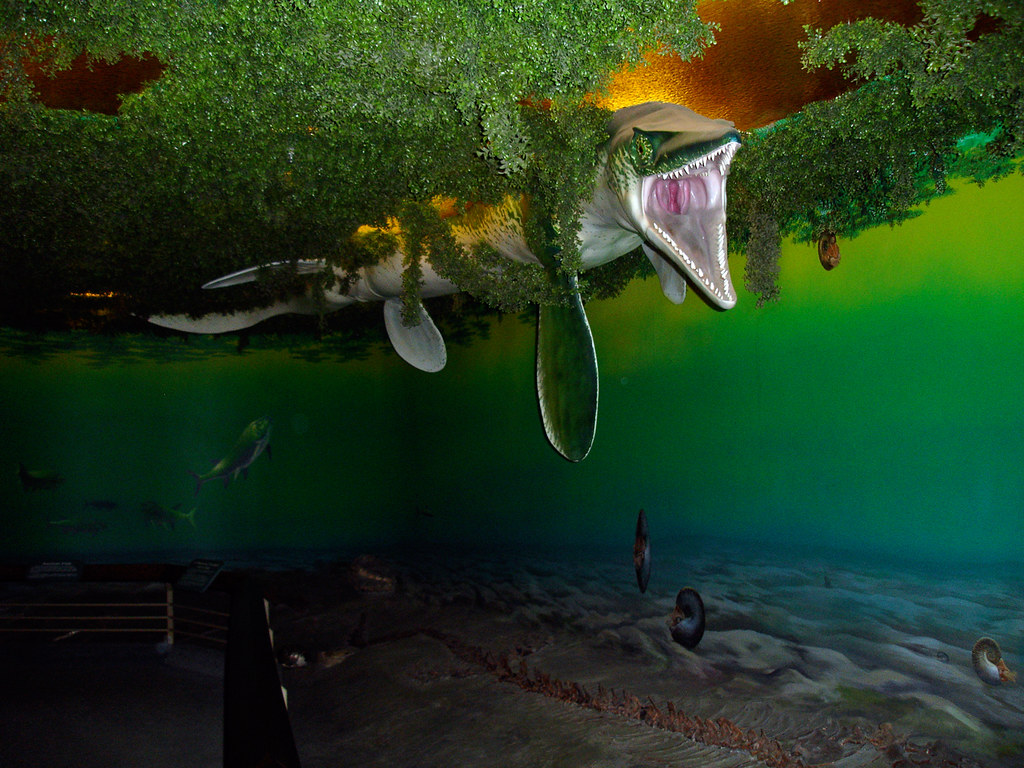
The evidence for cannibalism among mosasaurs is particularly disturbing. In 2006, Schulp and colleagues speculated that Mosasaurus may have occasionally engaged in cannibalism as a result of intraspecific aggression. This wasn’t just speculation – fossil evidence backs up these claims.
The featured Prognathodon kianda lived 72 million years ago and has at least three mosasaur skulls within its stomach, including a “Platecarpus” ptychodon, a juvenile Mosasaurus, and even another juvenile Prognathodon kianda – indicating that mosasaurs, at least in this case, were not averse to cannibalism. Finding multiple mosasaur remains in another mosasaur’s stomach shows that these predators didn’t hesitate to turn on their own species when the opportunity arose.
Fighting Strategies and Combat Wounds
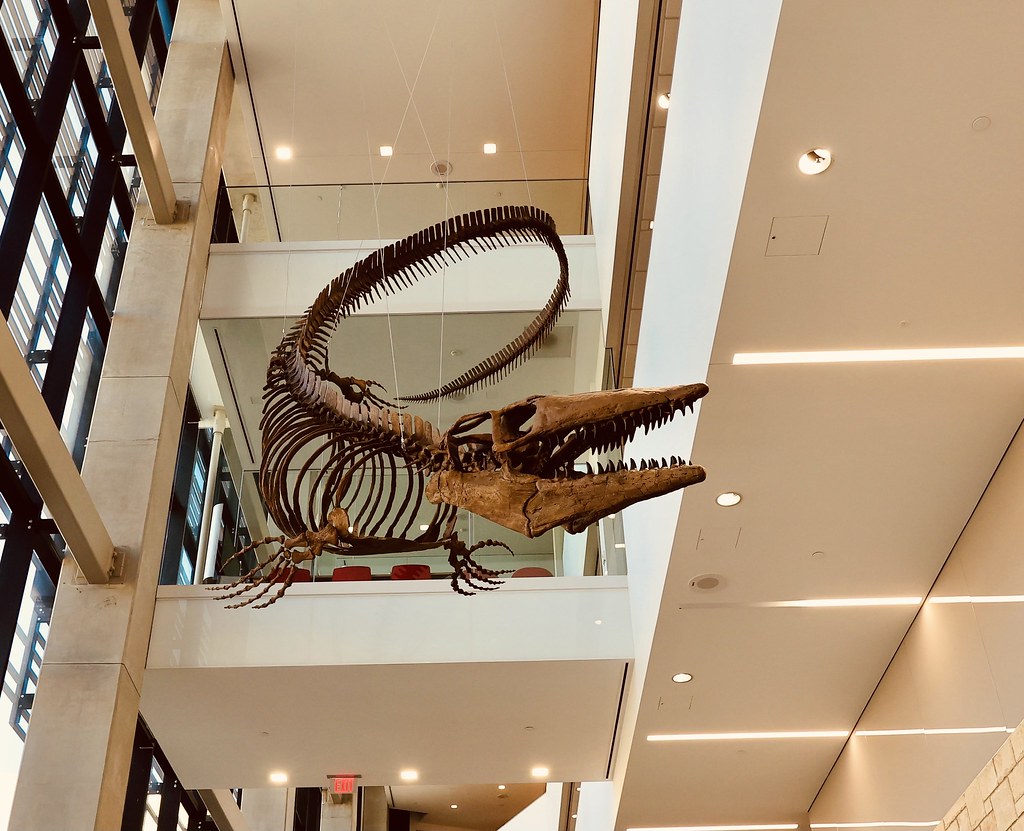
Fighting likely took place in the form of snout grappling, as seen in modern crocodiles. This fighting style explains the concentration of injuries around the head and neck regions found in mosasaur fossils. Modern crocodiles commonly attack each other by grappling an opponent’s head using their jaws, and Lingham-Soliar hypothesized that Mosasaurus employed similar head-grappling behavior during intraspecific combat.
The wounds left by these battles tell horrific stories of survival and death. Some mosasaurs lived through attacks that would seem impossible to survive, carrying embedded teeth and healed fractures as proof of their resilience. Others weren’t so fortunate, with fatal bite marks showing where their attackers delivered killing blows to the skull.
The Role of Large Predatory Fish
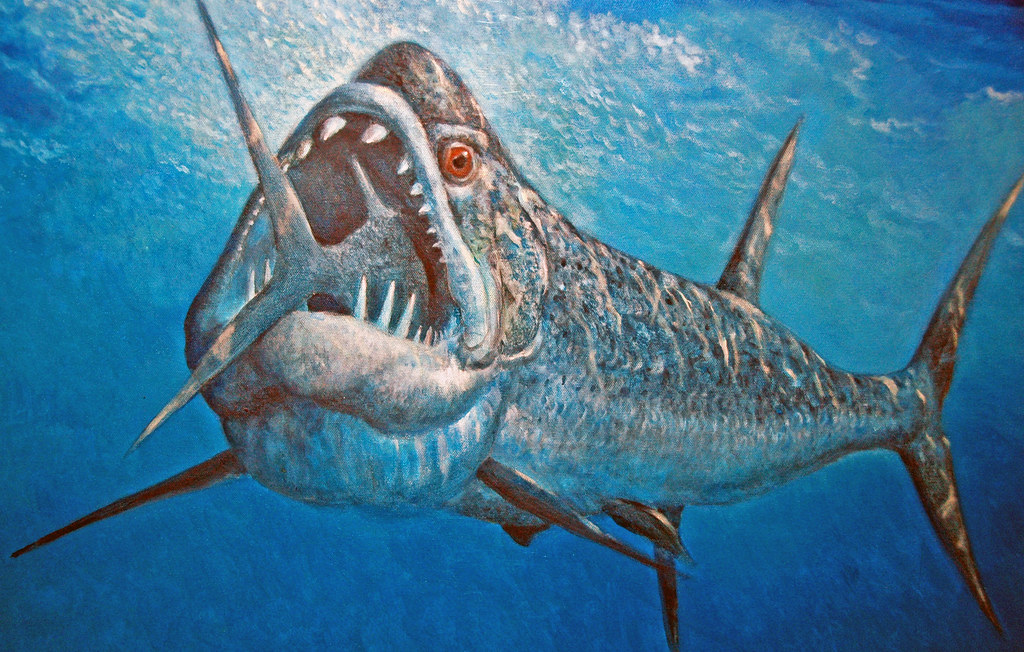
Carnivorous fishes like Xiphactinus were the most numerous predators in the Late Cretaceous seas. While mosasaurs were often the apex predators, they shared the ocean with massive predatory fish that could pose threats, especially to smaller mosasaur species.
Xiphactinus was an apex predator in its marine environment, capable of fast swimming and likely ambushing or chasing down prey, which included smaller fish and other marine animals. These fish, reaching lengths of up to twenty feet, were formidable predators in their own right and could potentially threaten juvenile mosasaurs or compete for similar prey resources.
Environmental and Competitive Pressures
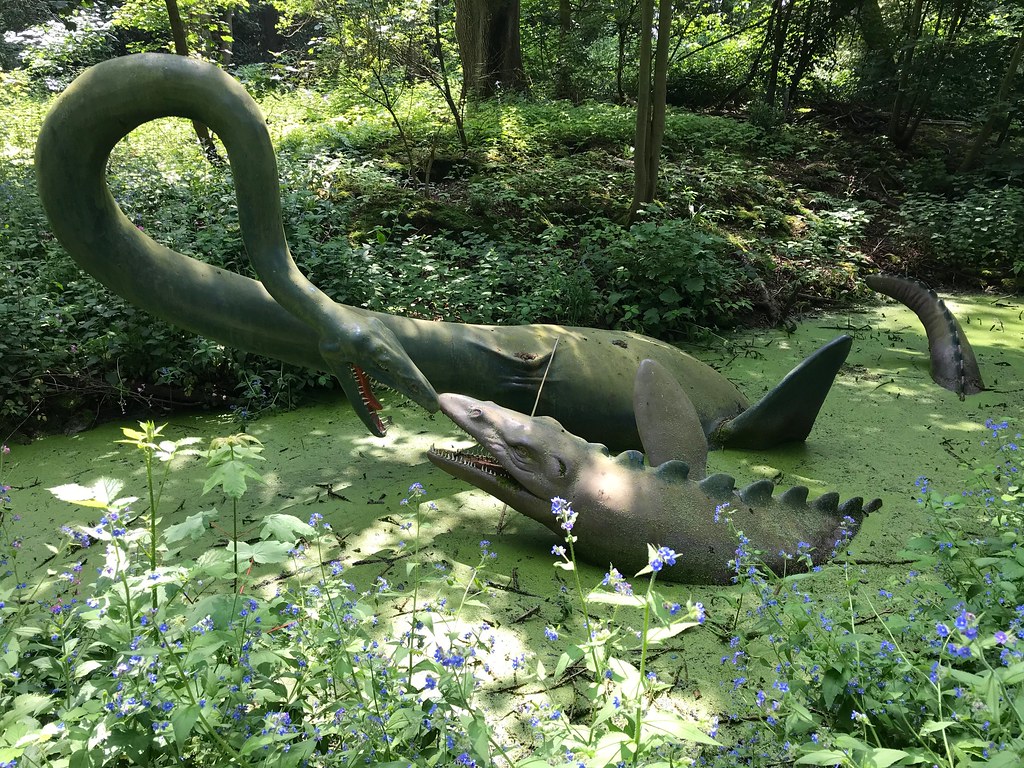
The Late Cretaceous seas weren’t just about direct predation – they were about competition for limited resources. The mosasaurs competed with other marine reptiles – the plesiosaurs and ichthyosaurs – for food, which consisted largely of ammonoids, fish, and cuttlefish. This competition meant that even if mosasaurs weren’t directly attacked by other marine reptiles, they still had to compete for the same food sources.
During the last 28 million years of the Cretaceous period (Turonian–Maastrichtian ages), with the extinction of the ichthyosaurs and pliosaurs, mosasaurids became the dominant marine predators. This shows that their rise to dominance came only after other major marine reptile groups had already disappeared, suggesting ongoing evolutionary pressure and competition.
Evidence from Bite Marks and Fossil Wounds
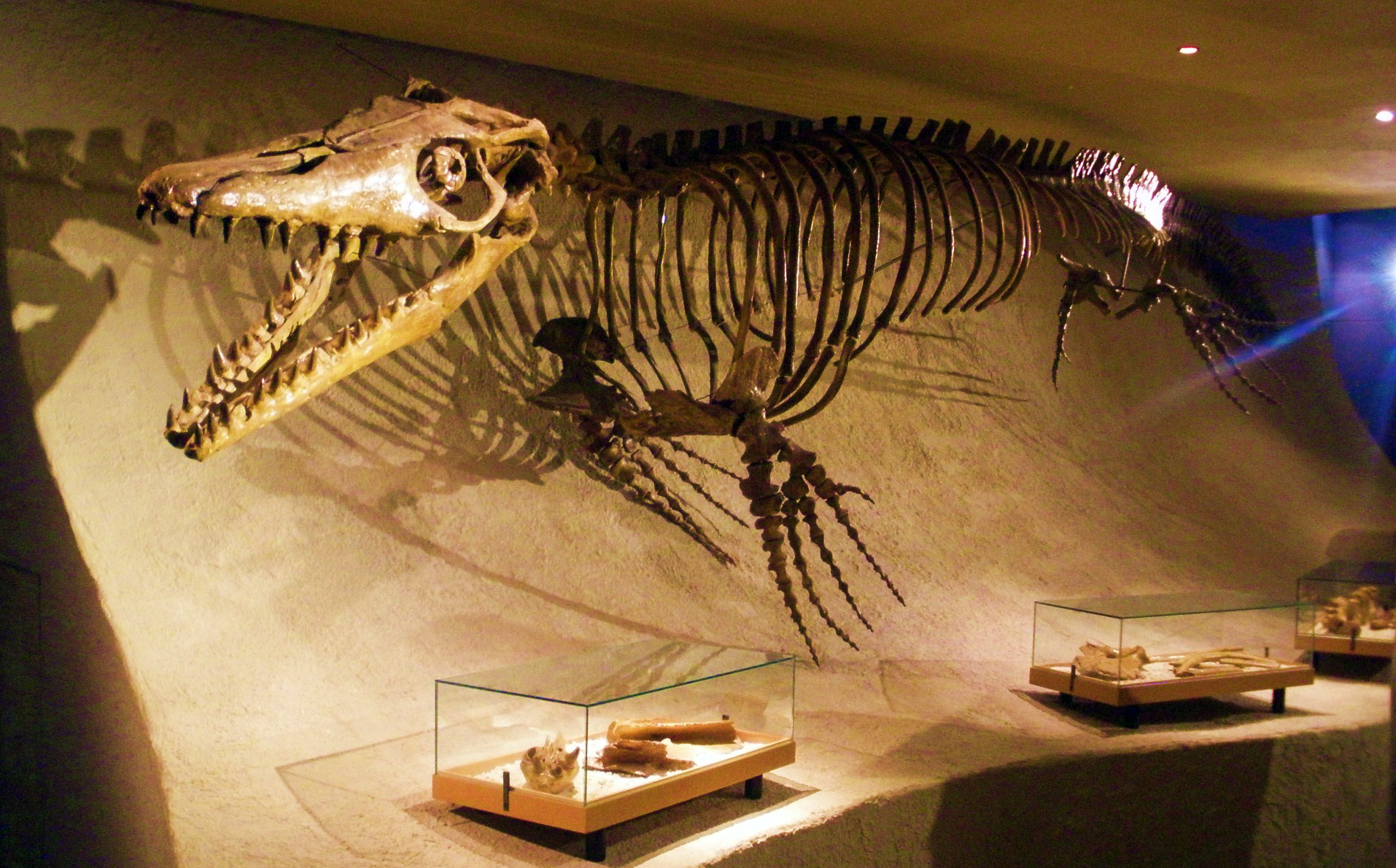
There’s not much that could have preyed upon this gigantic creature, but bite marks and mangled paddles of fossil mosasaurs suggest that mosasaurs often fought (and ate) each other. The fossil record preserves numerous examples of traumatic injuries on mosasaur remains.
Recent research has uncovered particularly gruesome evidence of violence among these marine reptiles. This fossil literally had half its face bitten off by what could only be another mosasaur. Such extreme violence shows that conflicts between mosasaurs could be incredibly brutal, with some individuals suffering horrific injuries that would eventually prove fatal due to infection and inability to feed properly.
Survival Challenges Beyond Predation
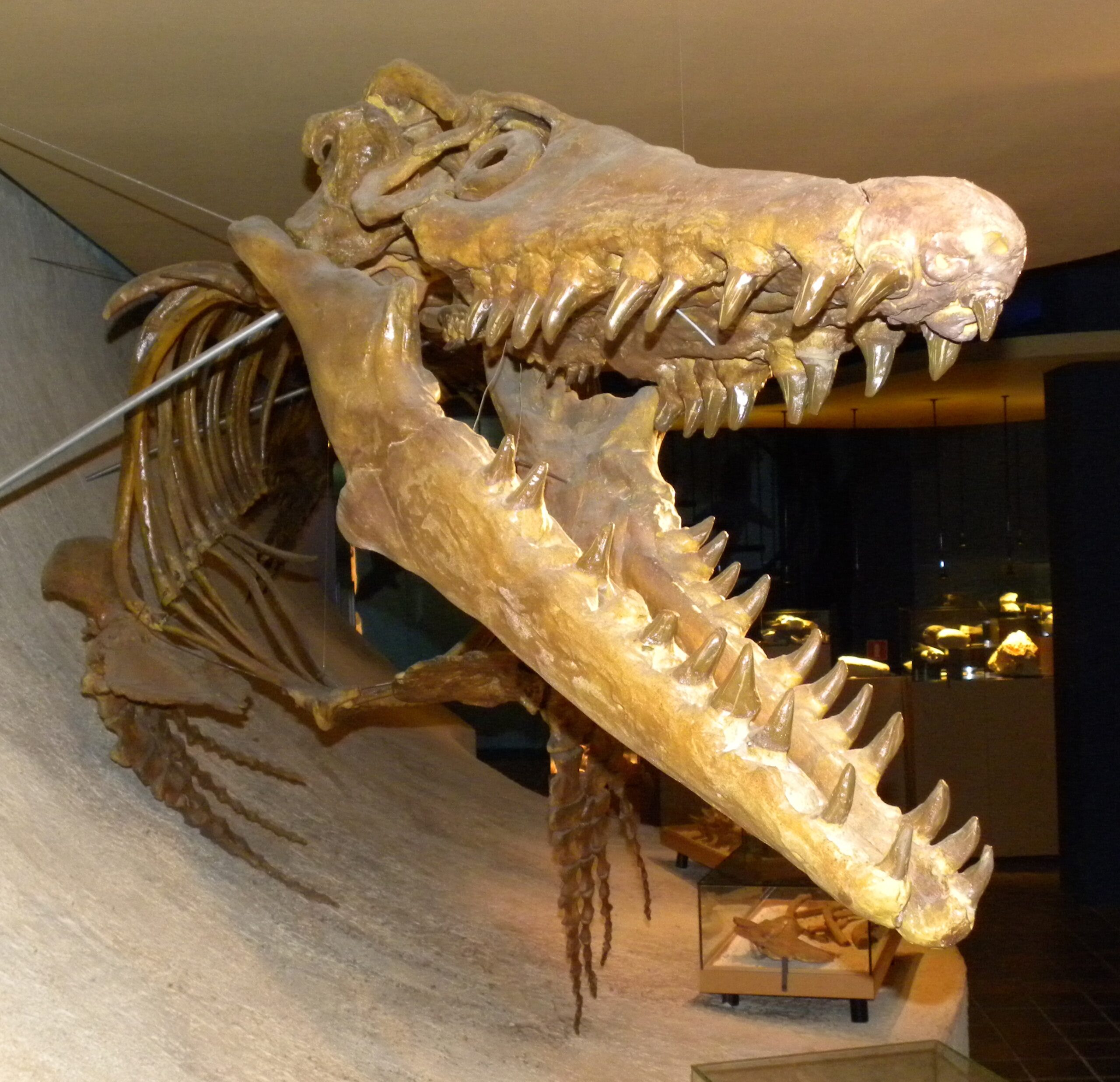
Even when mosasaurs survived direct attacks, their injuries often led to other life-threatening problems. As if a horrible infection isn’t enough torture, inflammation most likely made it difficult for the attacked mosasaur to feed. For a predator like this to have its jaw function severely limited was basically a death sentence, since it probably couldn’t shred prey like it used to.
This shows that the threat to mosasaurs extended beyond the initial attack. Wounds that became infected or that damaged crucial hunting apparatus could spell doom for these marine predators. Their survival depended not just on avoiding fatal injuries but on maintaining their ability to hunt effectively in the competitive marine environment.
The Late Cretaceous oceans were far from safe havens, even for the most powerful predators. Mosasaurs faced threats from giant sharks, aggressive competition from their own species, and the constant danger of injuries that could prove fatal over time. These marine reptiles may have ruled the ancient seas, but they did so in a world where even the apex predators had to constantly watch their backs. What other secrets might these prehistoric battle scars reveal about life in the ancient oceans?

